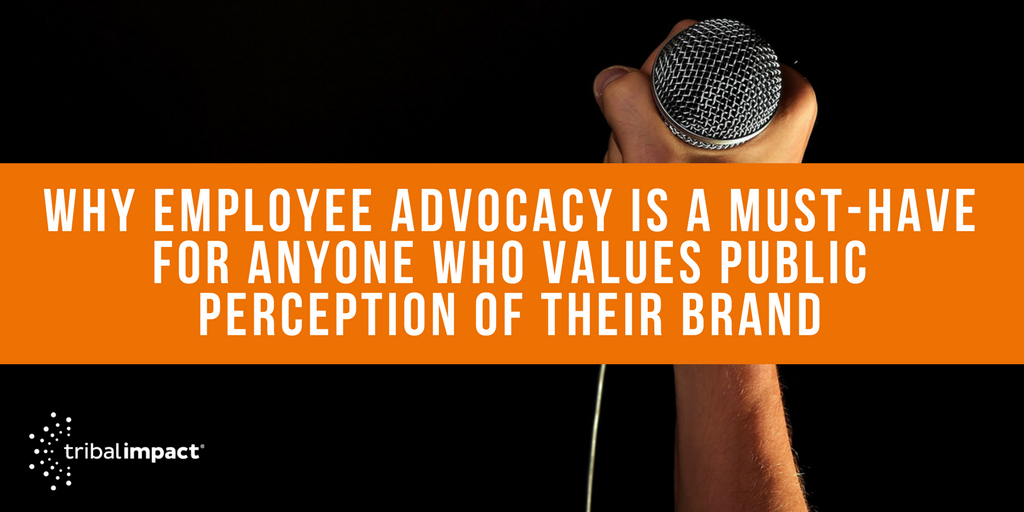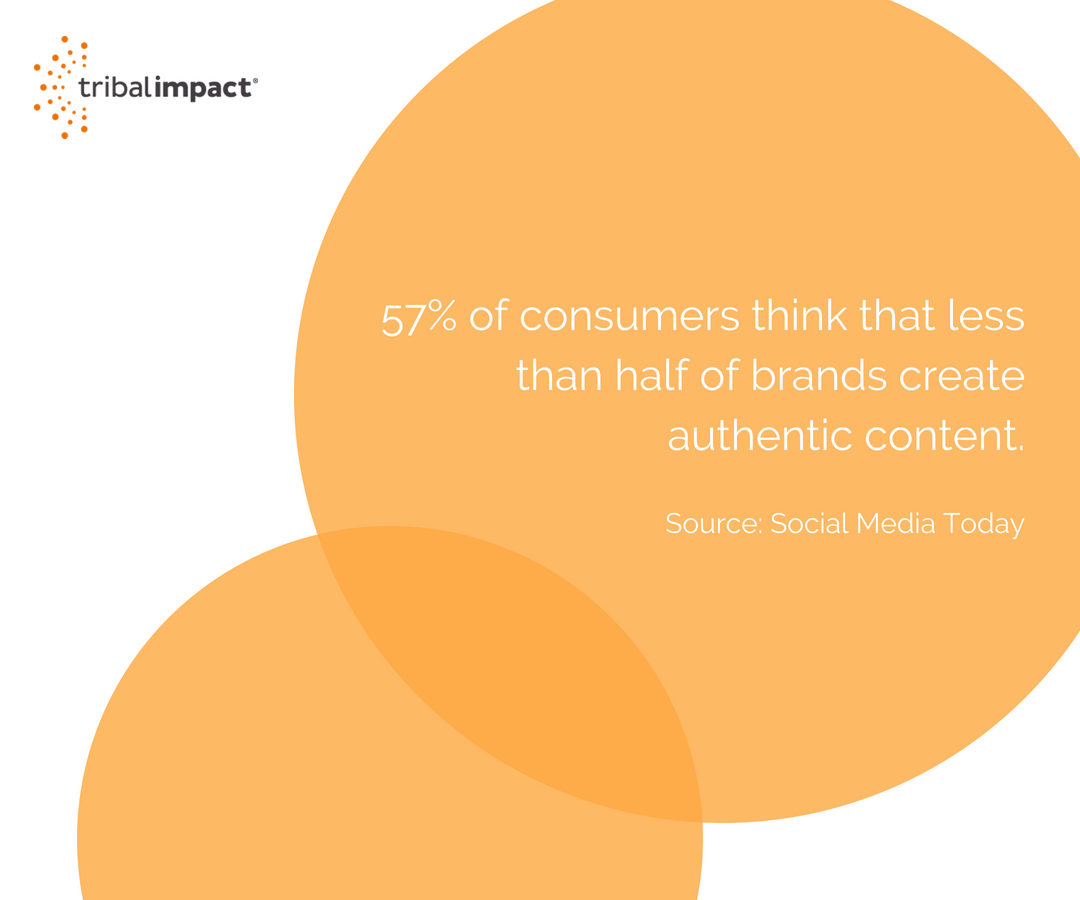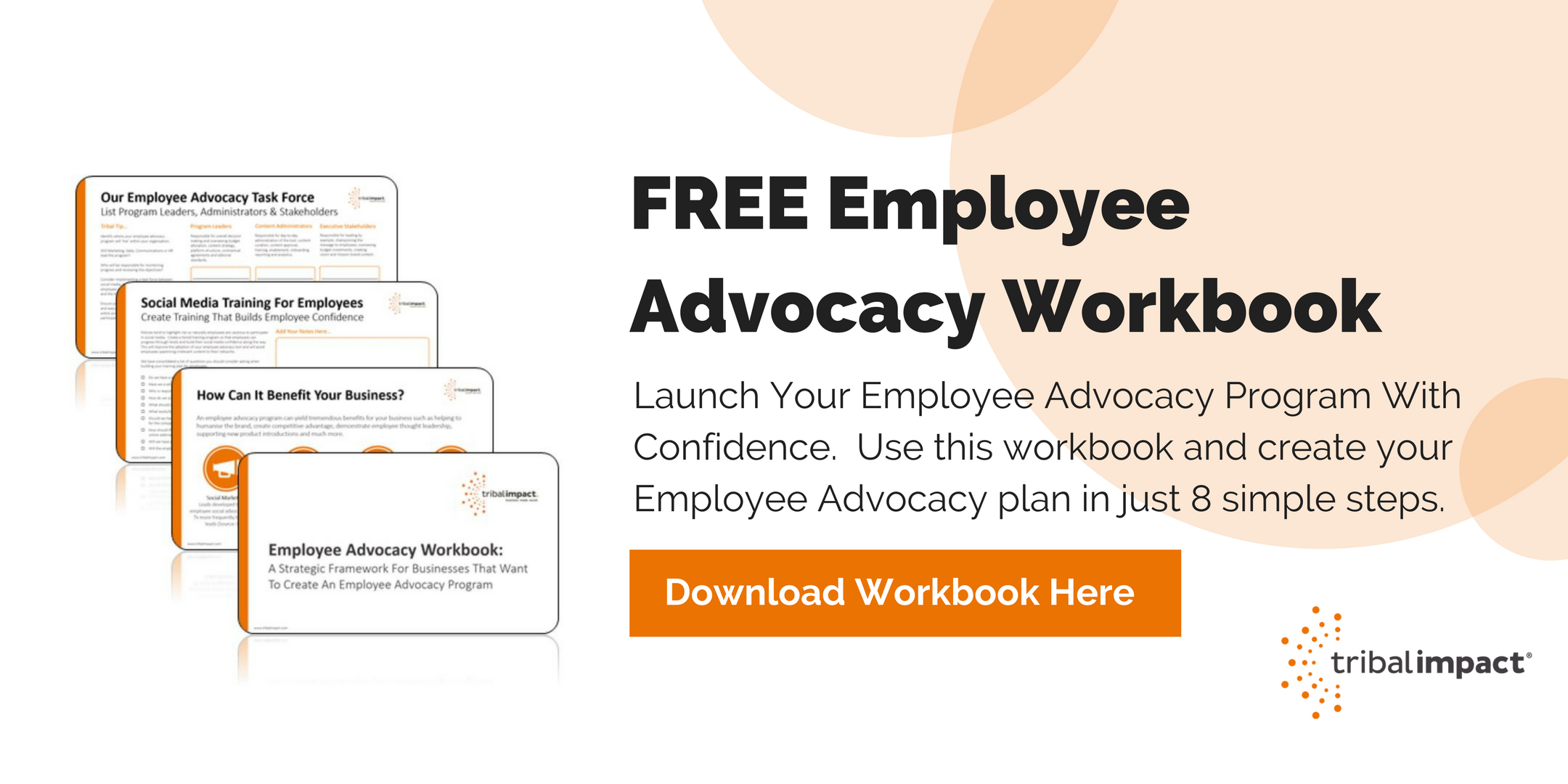Like happy customers, engaged employees have always been good for a brand. It’s well documented that they work harder and longer, recommend their workplace to other quality candidates and are more likely to get on board with change programs or other internal improvement initiatives.

But now, when adding social media into the mix, it seems the phrase ‘power to the people’ takes on a whole new meaning.
This post, published by Social Media Today and tweeted by Smarp, shows how public perception of brands is changing. An influential 57% of consumers think that less than half of brands create authentic content. And the statistics go on to tell us that by authentic, they mean independent of the brand’s PR machine.
This development puts a brand’s story squarely in the hands of its employees. It makes the raising of a corporate profile about so much more than just sales and promotional material. Employees are deemed to be the ones sharing this ‘credible narrative’.
Consider this:
Socially engaged companies (those which are actively encouraging their workforce to engage through social media) are 40% more likely to be perceived as competitive, 57% more likely to get increased sales leads, and 58% more likely to attract top talent. [Source: Altimeter Group]
This makes employee advocacy a self fulfilling prophecy: the more you encourage your happy people to share their positive outlook on your business and your brand, the more happy and engaged people they will attract into your business (and to buy your products).

But why is social advocacy seeing such a hike in popularity?
Ultimately, your employees are probably socially active anyway. And we’ve all seen the stories about employees using Facebook to rant about their dissatisfaction. The digital age requires brands to stand up and be counted; to live and breathe their values and behaviours, or risk being shown up as insincere.
With this in mind, creating a culture of employee advocacy is a must for those who value the public perception of their brand. A formal employee advocacy program will put structure around what content is shared and create a ‘safe’ destination where employees can access corporate content. It’s a way for a brand to manage what topics are on the agenda while also engaging this newfound resource: the voice of the people.
According to the National Business Research Institute, a 12% increase in brand advocacy will generate a 2x increase in revenue, so investing in employee advocacy is definitely going to yield a return. By collating interesting content, brands can make it easy for employees to speak out. Using sharing tools like sociabble mean content can easily be accessed, read and shared. And it doesn’t all have to serve the corporate narrative. A good mix would be to have brand-related items along with other general interest, industry-specific or employee-interest stories and news. This blend will give a more credible (and authentic) air to the content being shared.
Increasing organic reach with employee advocacy
With rising paid media costs and many social platforms restricting the reach of business posts, there’s no doubt employee advocacy is a must-have in every brand’s marketing mix.
As an investment, the benefits of employee advocacy are felt across the organisation. Recruitment standards increase (and costs go down) much to the delight of the HR team; employee engagement increases, making the lives of the corporate comms team easier when it comes to understanding the issues that matter; the increase in good content powers the sales team as they move towards social selling and, of course, marketing experiences better quality traffic to the website and a reduced paid media spend.
For more detail on avoiding the pitfalls and achieving a successful employee advocacy program, read the Tribal blog.


